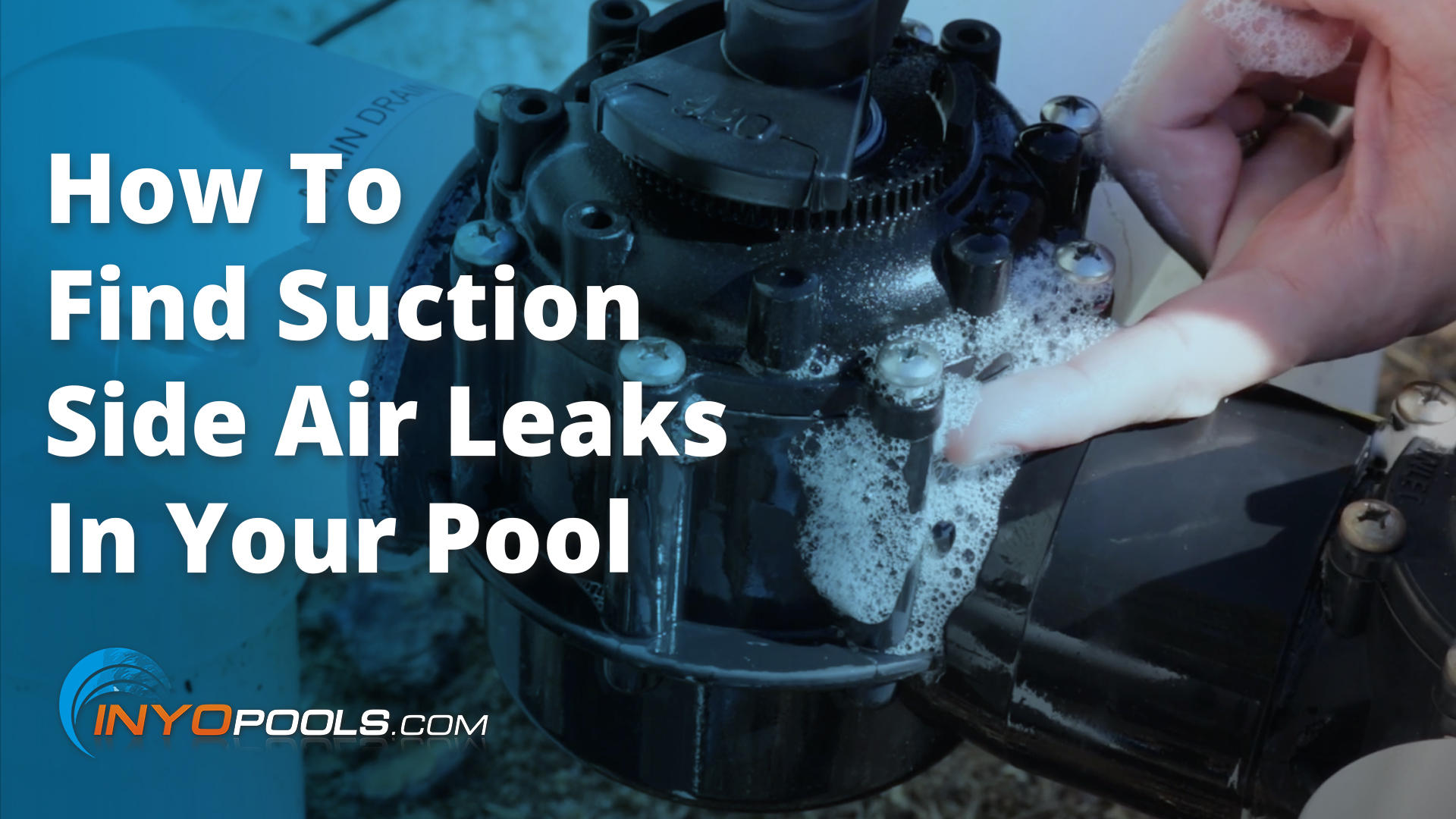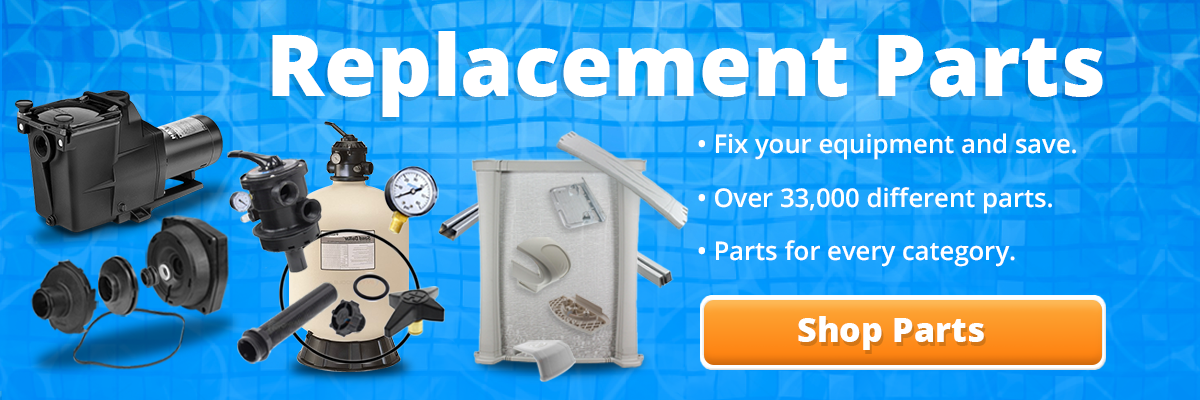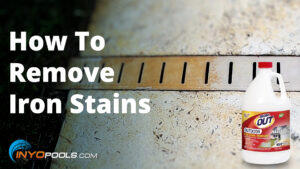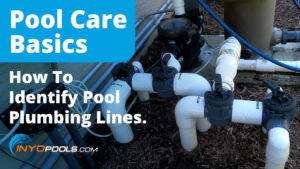One of the most aggravating areas of pool maintenance has to be water pressure issues. Whether these invisible gremlins rear their head in symptoms like your pump is not pushing water like it used, can’t/loses prime, or air bubbles, it can be a real struggle finding the source. Lucky for you, there are a couple of really easy tricks to finding the source of a suction side air leak.
There are three popular, and more importantly simple ways for locating a sucking air leak, one using smoke, the soapy water, and lastly, shaving cream.
We suggest using the smoke method, aka The Smoke Trick, and for this step, you’ll need a lighter and some incense. With the pump running, light your incense, and slowly scan the stick over any PVC joints, valve ports, and covers, and pump housing. If the smoke gets drawn in, that will pinpoint the source of one of your leaks.
Smoke Method Steps:
- Turn on the pump
- Light an incense stick, cigar or any smoke creating means. Make sure the smoke is thick enough so it is visible. Also, do not attempt on windy days.
- Hold the smoking end of the stick directly under or next two (within an inch or two) all the various seams of your suction side plumbing. If an air leak is present, you should see an obvious pulling of the smoke column.
- Mark any problems areas showing signs of an air leak, address as needed.
The other hack is the Shaving Cream Method; If you are averse to smoke, or have some extra Barbasol on hand, this trick is quick and cheap. Though messier than the Smoke Trick, the pockmarked shaving cream give you clear visual ID for the location of air leaks.
Shaving Cream Method Steps:
- While the pump is off, lather the joints, seams, and any other parts of the suction-side plumbing with an evenly applied layer of shaving cream
- Turn on the pump.
- Inspect the shaving cream covered dimpling. These dimples are signs the cream is being pulled in by an air leak.
- Mark any areas that show dimpling, then clean off the shaving cream.
- The shaving cream gives a clear visual identification of the air leak locale.
**If your pump is unable to prime when attempting either of these methods make sure to only let the pump run dry for 1 to 2 minutes. Anything longer could cause damage to the pump’s internals**
Using a standard foam shaving cream, lather your pipe joints with a healthy cost of foam, then turn on your pump. If the foam begins to bubble or have this concaved shape, then you have found an air leak.
The easiest to prep is the soapy water method; all you need is a cup of water and dish soap.
Soapy Water Method Steps:
- Pour a dime size or a little larger dollop of dish soap into a cup.
- Fill cup three-quarters of the way full
- Agitate water to create foamy bubble.
- With the pump running, scoop out foam from the cup and hold it to any suspect plumbing seams. If an air leak is present, the foam will be drawn into the problem spot
What is a Suction-Side Air Leak?
Your plumbing system can be broken down into two distinct parts: suction-side and the pressure-side. The suction-side is your plumbing and equipment starting at your pool, like the main drain and your skimmer, the PVC, valves all the way up to the front of your impeller. The beginning of the pressure side of your pump is when the water enters the impeller. This is because, before the impeller, the water is being pulled from the impeller, the impeller than turns that pulling force into a push at it spins and shoots the water out the pump and through the rest of your pool equipment.
Why a Suction Side Air Leak is bad?
An air leak is bad for your plumbing system because a pool pump needs to purge the air from the pipe before to draw water from the basin, this process is called priming. As a priming pump is working to purge the air, an active air leak working against the pump, replacing the air, and severely reducing the pump’sg capacity.
For a simplified explanation, imagine you are drinking through a straw, then imagine someone pokes a hole in that straw. What happens? Air enters the straws, leaving you parched and annoyed.
Symptoms of an Air Leak
- Unable to prime – If your pump is suddenly unable to prime, I suggest checking a few other things. It could be as simple as a closed valve, or a blocked impeller.
- Losing prime – If the pump runs dry after manually priming the pump with a hose, , it could be a sign of a more severe air leak. Depending on the location of the leak, the problem could be intermittent, only affecting your pump when a diverter valve is turned to a certain setting.
- Air bubbles – Likely the most common sign of air in your lines, this is not always a harbinger of doom. If your return lines only bubble shortly after a priming cycle, then it is just the natural progression of the pump purging air. If the bubbling continues through the runtime of the pump, then there may be an issue that needs further diving into.
- Low water pressure – This point is simple. The more air in your lines, the less room there is for water. Check your filter’s pressure gauge and if the PSI rating is lower than your normal “clean” reading, use the filter’s air relief to release air pressure.
If you have any useful method for finding a suction side air leak, please leave a comment down below.














Leave a Reply